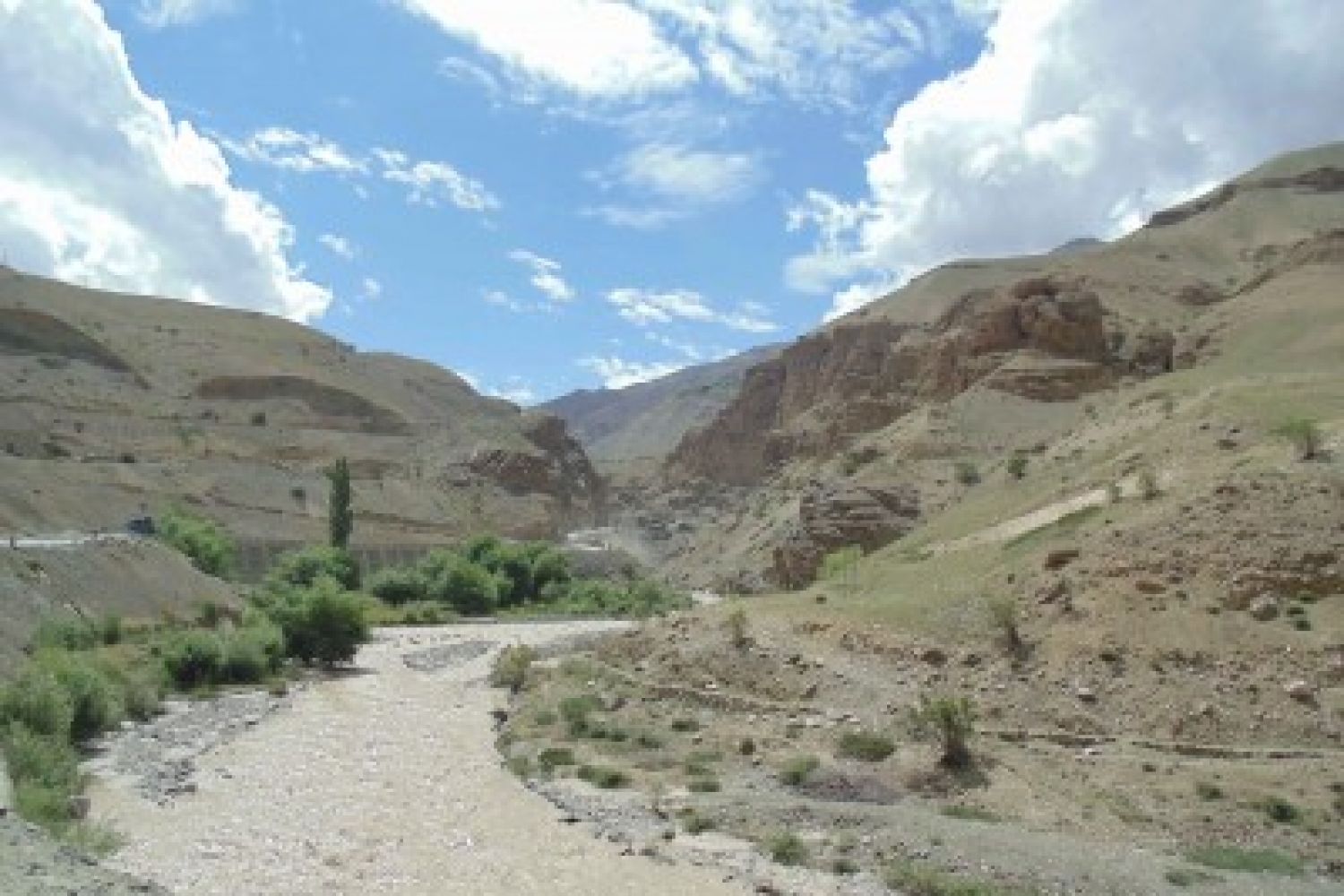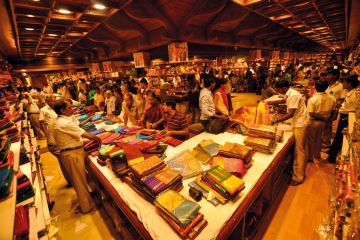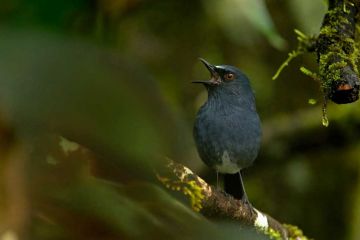
Arching over the white
Phuktal river in Ladakh’s Zanskar valley—which is dotted with white-water
rafting enthusiasts—is one bridge that the village of Neyrags calls its own.
For centuries, the
villagers say, they have had a bridge. People took pictures of its stout
structure, which appeared permanent in its reliability, and over-arching in its
craggy height. Elders told youngsters how they did not know when the bridge was
built. For the people of Neyrags, the bridge, non-motorable





